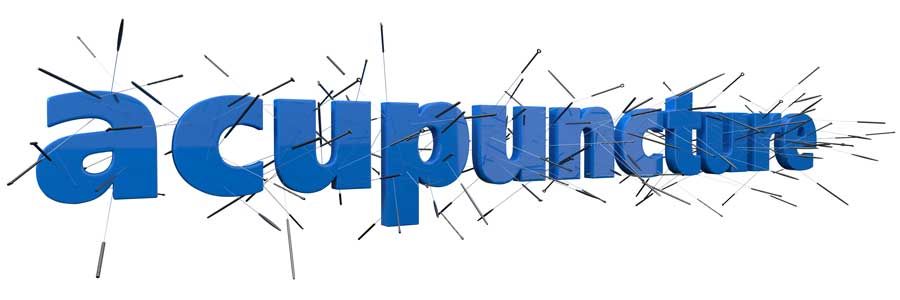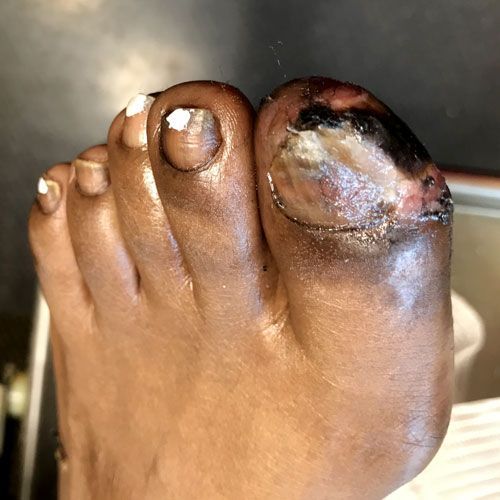Heel Pain
Plantar fasciitis is a very common foot ailment. It is an inflammation of the band of tissue (the plantar fascia) that extends from the heel to the toes. The fascia becomes irritated and then inflamed, resulting in heel pain.
The primary symptom of plantar fasciitis is gradually increasing pain on the bottom of the heel, sometimes progressing to the mid arch and up the sides of the heel. It can affect one foot or both and the pain can be sharp or dull, burning or aching.
Symptoms
• Pain on the bottom of the heel, sometimes extending into the arch and up the sides of the heel.
• Pain that is usually worse upon arising, or after being off your feet for a while, due to the contraction of the fascia when non-weight-bearing.
• Pain that increases over a period of months.
Causes
The most common cause of plantar fasciitis is a faulty structure of the foot. People with overly flat feet or high-arched feet are more prone to developing plantar fasciitis.
Wearing non-supportive footwear on hard, flat surfaces puts abnormal strain on the plantar fascia and can also lead to plantar fasciitis.
You’re at a greater risk of developing plantar fasciitis if you’re overweight, especially if you have sudden weight gain. Women who are pregnant often experience bouts of plantar fasciitis, particularly during late pregnancy. It’s most common between the ages of 40 and 70 and women are affected more often than men. Long-distance runners are at risk, as well as people with tight ligaments and structural deformities of the foot, like high arches, or flat feet. Wearing shoes with soft soles and poor arch support are aggravating factors.
Non-Surgical Treatment
Most people with plantar fasciitis respond well with conservative treatments, including resting, icing the painful area, stretching exercises, wearing gel heel pads, supportive shoes and orthotics
• Stretching exercises. Exercises that stretch out the calf muscles help ease pain and assist with recovery.
• Avoid going barefoot on hard surfaces. When you walk without shoes, you put undue strain and stress on your plantar fascia.
• Ice. Good for reducing inflammation. Ice the heel for 20 minutes several times a day as needed. Do not apply ice directly to the skin.
• Rest. Limit physical activities to give your heel rest and allow healing to occur.
• Shoe modifications. Wear supportive shoes with good arch support and a slightly raised heel.
• Medications. Oral anti-inflammatory medication like ibuprofen can ease the pain and inflammation associated with plantar fasciitis. Topical pain creams are also effective. Foot Care Source USA offers a complete line of effective products for treating heel pain, including CBD Topical Skin Cream.
If pain persists beyond a couple of weeks, see a podiatrist. Dr. Rodney Grobes, DPM
at Foot Pain Doctors of Jacksonville
has extensive training and experience successfully treating plantar fasciitis. Treatments may include:
• Padding and strapping.
Pads in the shoes soften the impact of walking. Strapping helps support the foot and reduce strain on the fascia.
• Orthotics.
Custom orthotic devices help correct the underlying structural deformity that causes plantar fasciitis.
• Injection therapy.
Anti-inflammatory injections reduce inflammation and relieve pain.
• Night splint.
Night splints are effective in stretching the plantar fascia and often resolve the problem for good.
• Walking cast.
A removable walking cast may be used to keep your foot immobile for a few weeks to allow it to rest and heal.
• Physical therapy.
Exercises and physical therapy modalities are often successful in relieving plantar fascia pain.
Surgery
Although most patients with plantar fasciitis respond to non-surgical treatment, a small percentage of patients may require surgery. If your symptoms persist after a few months of conservative care, Dr. Grobes
will discuss surgical options.
Don’t live with heel pain. Make an appointment with Foot Pain Doctors of Jacksonville today!
The post Heel Pain appeared first on Foot Pain Doctors of Jax.











